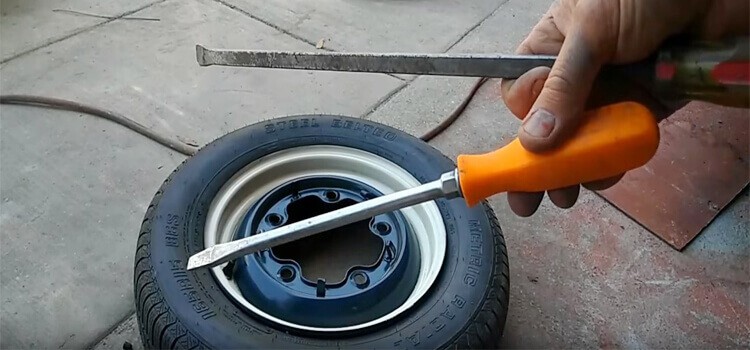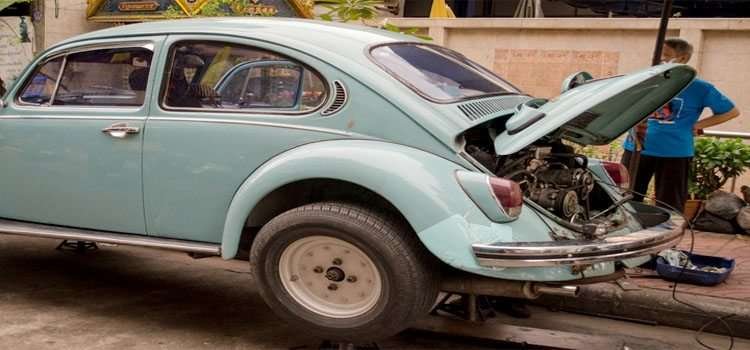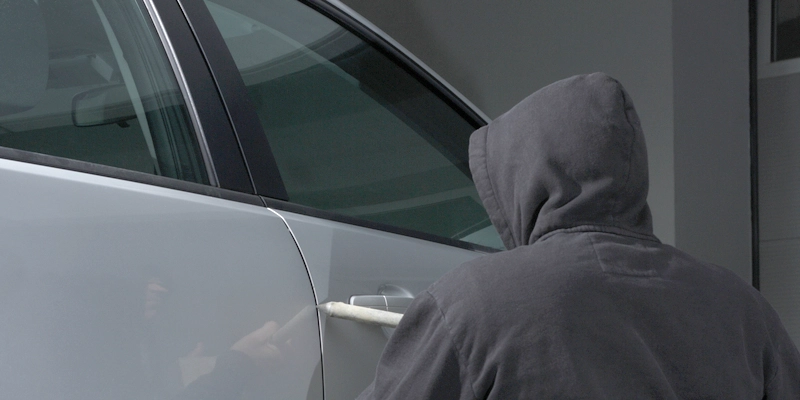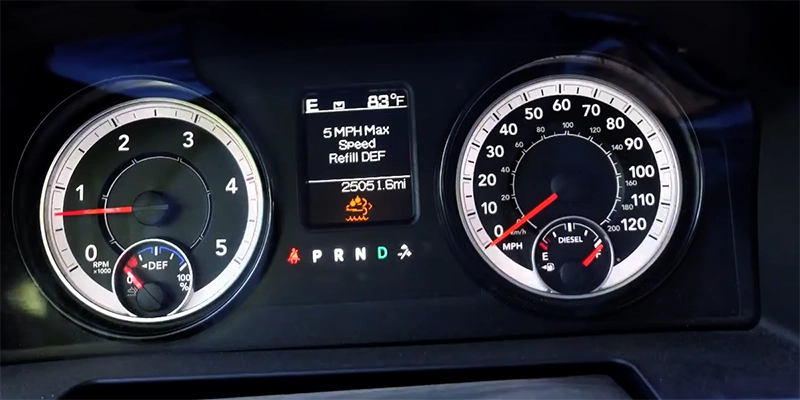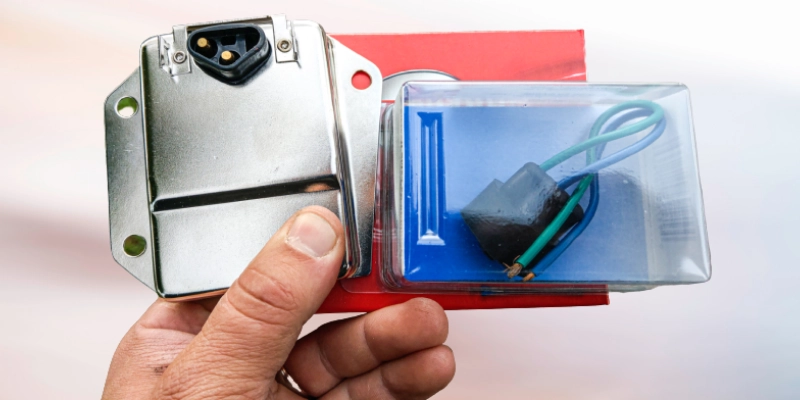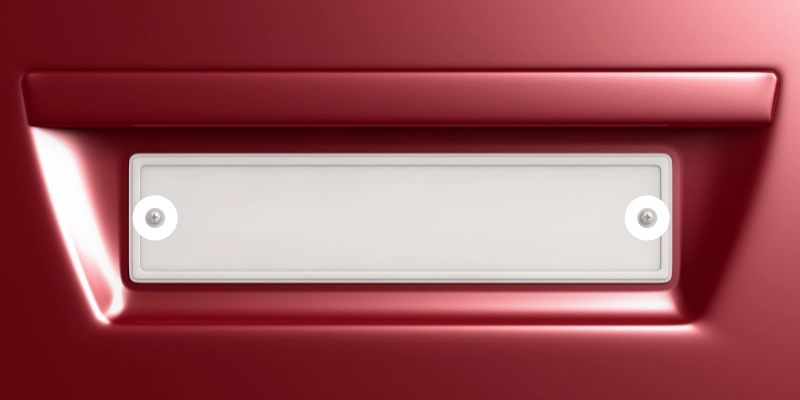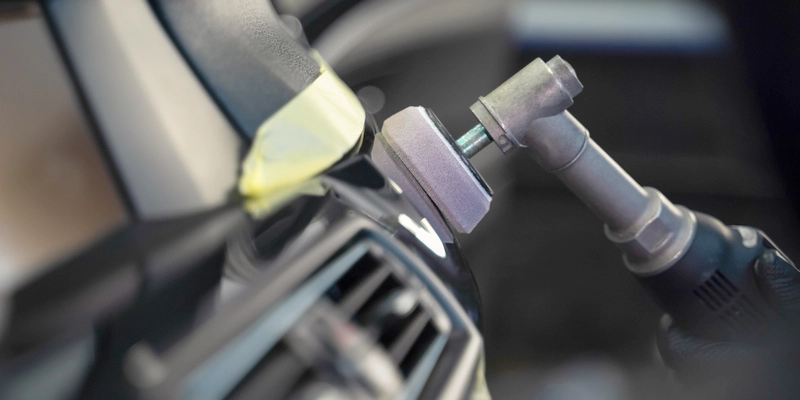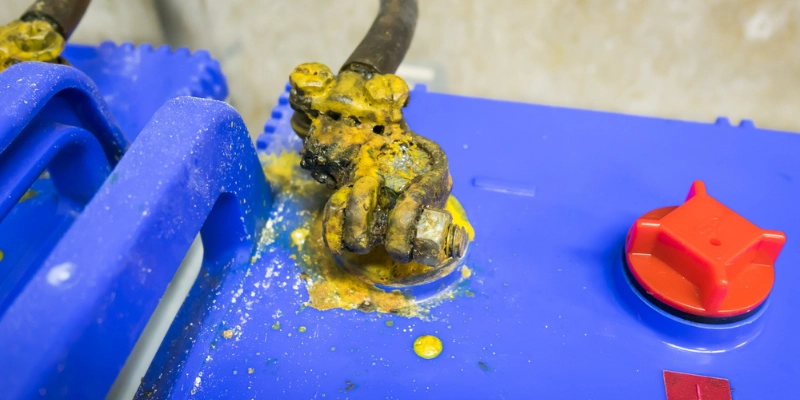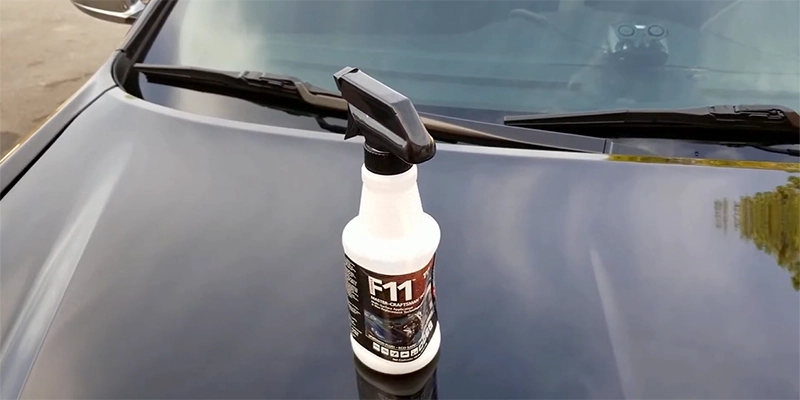The tie rods in your vehicle are vital components because they are crucial to your car’s steering and suspension system. They attach your vehicle’s steering rack or center link to the steering knuckle and are designed to provide smooth steering.
Each tie rod is made of two ends, the inner and the outer end, and when they start to go bad, you will begin to notice some symptoms of bad tie rod ends in your car.
Symptoms of Bad Tie Rod Ends
Since the tie rod ends are part of your car’s steering system, they are constantly in use.
This makes them more likely to fail due to wear and tear. They can also go bad due to frequently driving on bumpy roads or as a result of an impact from a collision.
Thankfully they will alert you when they start failing by giving these signs of a bad tie rod or ball joint.
Irregular and Extreme Tire Wear
Although a problem with other components can cause extreme and irregular tire wear, in most cases, it is caused by a bad tie rod end. Thankfully, you can easily tell if it’s a tie rod issue by inspecting the tires.
Take a look at the inside and outside edges of the tires. If one side shows extreme wear while the wear on the other side is less, then your vehicle’s tie rods may be bad. Contact a skilled mechanic to have a look at them.
The irregular tear and wear are because, with a failed tie rod(s), the alignment has gone bad, so the vehicle’s weight is not evenly spread across the tires.
You Hear Screeching Sounds When You Turn
This sound lets you know what’s going on with your tie rods. If you hear screeching sounds when you try to turn your car, then your vehicle’s tie rods may be failing.
Then again, screeching sounds might just be one of the symptoms of bad ball joints.
Especially if the amount of power steering fluid is low or the lubrication is poor.
Once you hear a screeching sound, your best bet is to contact a mechanic to take a look at your car because whether it is a bad tie rod or bad ball joints, none of both situations are good for you or your vehicle.
It becomes impossible to Steer your Car
The inability to steer your car is one of the more extreme signs that your tie rod has failed. Failed tie rods will cause the steering wheel to feel loose. It would be best if you never let things get to this point with the car.
If you have been observant, you would have noticed that the car has shown you different symptoms earlier.
Your car’s steering becomes unresponsive when you neglect the other symptoms that the car’s tie rod has been going bad. The inability to steer the car might also be symptomatic of other issues; however, the odds are that your tie rods are long gone.
Bad Alignment
This is a direct cause of failing tie rods. Tie rods are set up in such a manner that they facilitate your car’s steering function while keeping the vehicle properly aligned.
If it appears like the front end of your vehicle is poorly aligned, then it is highly likely that the tie rod is bad. With a poorly aligned vehicle, you’d notice that the vehicle is drifting or pulling into the left or right instead of being dead center.
Clunking Sounds
A clunking sound is one bad tie rod noise that often comes up when the vehicle’s tie rods go bad. What happens is that as the tie rods start wearing out, they begin to loosen at the linkages/joints.
As they loosen, they make the clunking sounds that you hear, especially when the vehicle is moving at low speeds. Things might even get worse when the tie rod joint’s dust cover starts to tear.
After a while, the lubricant gets replaced by sand which makes steering the wheel more difficult.
Loose Front Wheel(s)
One of the more obvious symptoms of a bad tie rod is a loose front tie. To detect this, you might need to go the DIY route.
Get a car jack and suspend the front end of your car until the front tires are free.
You then get a hold of each of the tires with both hands. Put your hands on both sides of the tire and try to shake the wheel from side to side.
If there is a problem with the tie rods, the tire(s) will move, plus you will hear some sounds while it is moving.
Wobbly Tires and Car Vibrations
Can bad tie rods cause wobble? Yes, they can. Bad tie rods will cause your car to vibrate while driving.
The bad tie rods lose control over the wheels, which causes them to wobble, making the car start wandering from side to side instead of following a straight line.
You’d notice the wobbly tires and vibrations of the car as you increase or decrease the car’s speeds or try to turn corners.
FAQs
Can you Drive with a Bad Tie Rod?
Is driving with a bad tie rod a good idea? No, it is not. Here’s why. Some of the “lighter” symptoms of a bad tie rod include that nasty clunking and screeching sounds, irregular tear and wear of the tires, and a horrible vehicle alignment that causes the steering wheel and the car to go all over the place.
An experienced driver might not see these symptoms as mere disturbances and will continue to manage the car in that state. Sadly, this causes the situation to degenerate, and over time, this could lead to an inability to steer the car. Now that is a serious issue that could lead to a life-threatening vehicular accident.
How do I know if I have a Bad Tie Rod or Wheel Bearing?
It might be difficult if you are an untrained hands-on mechanic because the symptoms of a bad wheel bearing and bad tie rods are similar. Heck, even the testing methods to diagnose both issues are similar.
What to do? Get a seasoned mechanic to look over the car. That way, you’d be getting an informed opinion that you could take to the bank.
How Expensive is it to Replace a Tie Rod?
The cost of replacing a tie rod is largely dependent on your location, the make/model of the vehicle in question, and the shop you patronize. Overall, it is not an expensive repair to replace your tie rods. The thing is with some cars, there are outer and inner tie rods.
Depending on your car, it would be a great idea to learn how to tell which tie rod is bad and that is the intent of this article. That way, you’d have an idea of what it might cost you to replace the tie rods. Remember that wheel alignment is part of the process of replacing tie rods and that it comes at a cost too. That said, the total cost of replacing a tie rod is estimated to be $185-$305.
Will a Bad Tie Rod End Make Noise?
Yes. You would hear tie rod noise while driving. This mostly happens when the ends are excessively worn or lack lubrication. In such situations, you would hear screeching sounds when you try to make turns.
This noise suggests lubrication loss because of a cracked tied rod end’s protective rubber boot. The wear and tear of this rubber boot are also responsible for the clunking sounds you might hear at the front end of your car.
What Does a Bad Inner Tie Rod Sound Like?
A bad inner tie rod is associated with a clunking sound. Although this sound often occurs when the steering is loose, it is one of the more obvious bad inner tie rod symptoms. In most cases, it occurs when the component lacks lubrication.
Final words
Your car’s tie rods are an essential part of the steering system. The state of your car’s steering system is key to the driving experience and your safety while driving.
Hence it is of utmost importance that you know how to identify the symptoms of bad tie rod ends.
But being able to identify these symptoms is one thing. Acting on the information is another. You could save yourself a lot of repair and medical costs if you can fix the issues once you identify the symptoms.
You should always go to scheduled maintenance checks regularly. That way, you can identify and resolve any issues with your tie rods ASAP.

